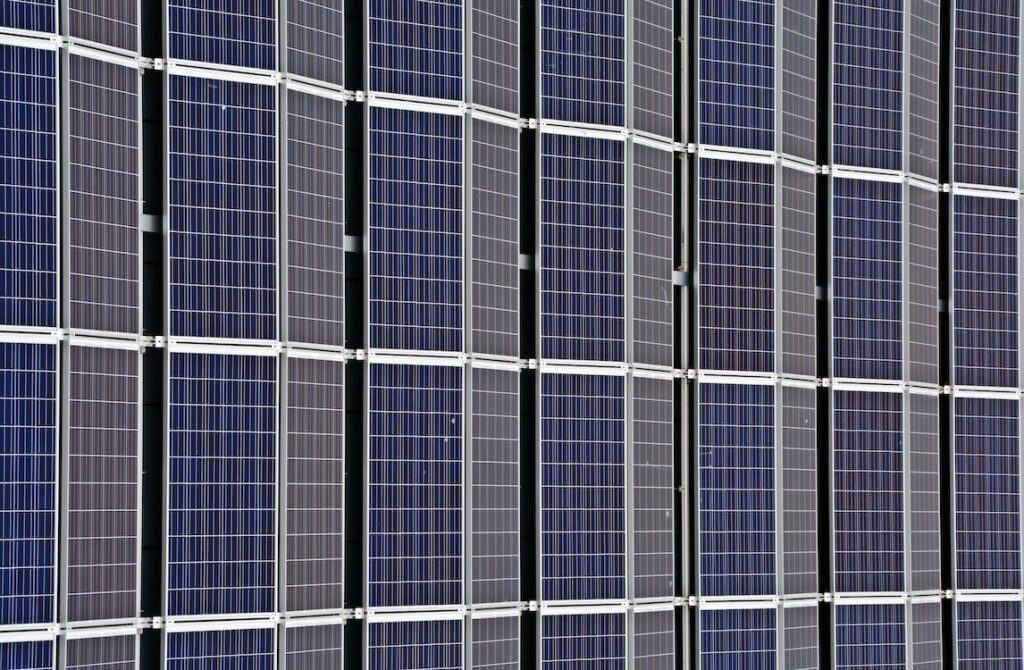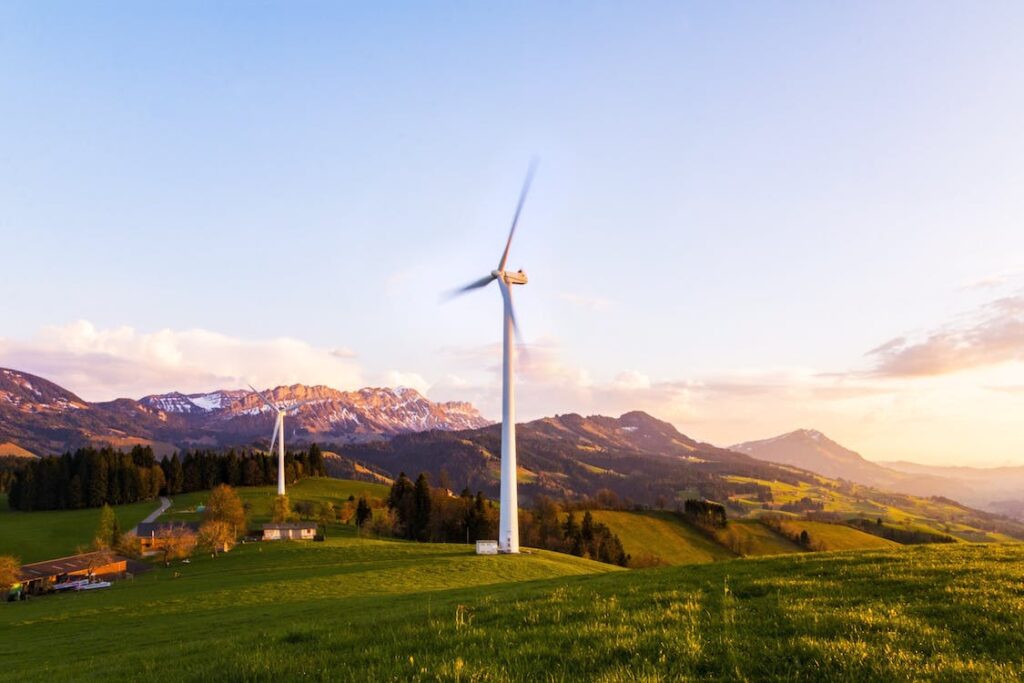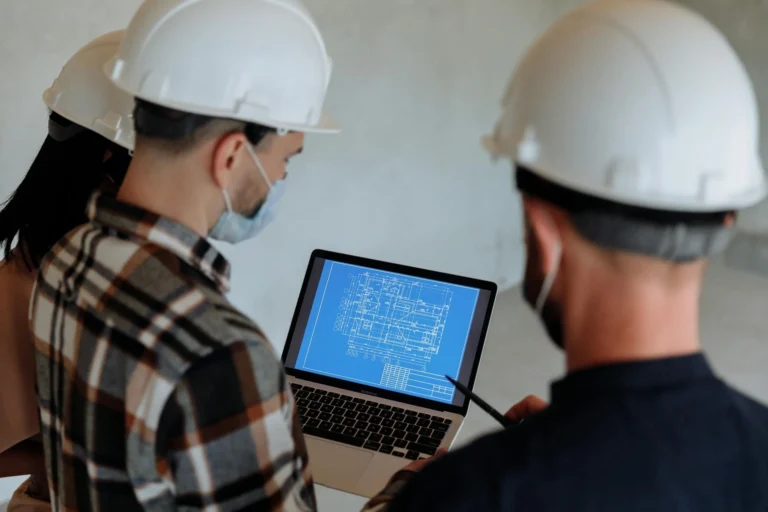
In the ever-evolving world of construction, sustainable building practices have emerged as a dominant trend, not merely a passing fad. This significant shift towards eco-friendly construction is grounded in a collective responsibility to address environmental challenges, such as resource depletion and climate change. The construction industry in Australia, along with the rest of the world, is waking up to the reality that sustainable construction is not just the future – it’s the here and now.
Sustainable construction, often referred to as green building, focuses on creating structures that minimise environmental impact. It’s about making conscious choices – using sustainable materials, employing energy-efficient designs, reducing waste, and enhancing the built environment’s overall health and wellbeing.
A key aspect of sustainable building practices is the use of eco-friendly materials. These materials are either recycled or naturally renewable, such as bamboo, cork, and reclaimed timber. Additionally, they are typically sourced locally, reducing the carbon emissions associated with long-distance transportation. In Australia, there’s a growing trend towards using locally-sourced timber and other sustainable materials in construction.
Energy efficiency is another cornerstone of sustainable building practices. This involves designing buildings to reduce energy consumption and utilise renewable energy sources. From installing high-performance insulation to harnessing solar power, these strategies can significantly reduce a building’s carbon footprint. In Australia, with its abundant sunshine, solar power is a particularly appealing option. More and more buildings are incorporating solar panels into their design, capitalising on this renewable energy source.
Waste reduction is a critical component of sustainable construction. This can be achieved through efficient planning and design, modular construction methods that minimise waste, and recycling construction waste wherever possible. In Australia, there’s a strong push towards zero waste construction, with many companies implementing comprehensive waste management plans on their construction sites.
Sustainable building practices also emphasise water efficiency. This can be achieved through a variety of strategies, such as using water-efficient appliances, harvesting rainwater, and implementing greywater recycling systems. Given the water scarcity issues in many parts of Australia, these practices are particularly relevant and beneficial.
Green buildings aren’t just about the environment – they’re also about the health and wellbeing of the people who live and work in them. This includes using non-toxic materials and paints, ensuring good indoor air quality, and incorporating natural light and green spaces into the design. These features contribute to healthier, happier occupants and can even increase productivity in office buildings.
The benefits of sustainable building practices extend beyond the environmental and health impacts. There are also significant economic benefits. While the upfront costs can be higher, green buildings often result in long-term savings due to lower energy and water bills, reduced maintenance costs, and increased property values. Additionally, with increasing government regulations and incentives promoting green building, companies that adopt sustainable practices can gain a competitive advantage.
Diving deeper into the use of eco-friendly materials, it’s essential to highlight the significance of responsible sourcing. Materials like timber, for instance, should be responsibly harvested from sustainably managed forests. This practice not only helps to conserve biodiversity but also contributes to the livelihoods of local communities involved in sustainable forestry. In Australia, the use of responsibly-sourced timber is gaining momentum, with several building projects showcasing the beauty and versatility of this renewable resource.
Another innovative trend in sustainable building practices is the incorporation of green roofs and walls. These living structures provide natural insulation, absorb rainwater, reduce urban heat island effects, and create habitats for local flora and fauna. They also add aesthetic value to buildings, making them more pleasant spaces to inhabit. In Australian cities, green roofs and walls are becoming increasingly common, with both new builds and retrofits incorporating these features.

The concept of adaptive reuse is also integral to sustainable construction. Instead of demolishing old buildings and constructing new ones, adaptive reuse involves repurposing existing structures for new functions. This practice reduces the demand for new materials and avoids the waste associated with demolition. In Australia, a number of significant heritage buildings have been successfully adapted for new uses, preserving their historical value while meeting contemporary needs.
In terms of energy efficiency, advancements in building technology are continuously providing new opportunities. For instance, the use of smart home technology can further reduce a building’s energy consumption by automating lighting, heating, cooling, and other systems based on occupancy and usage patterns. In Australia, where energy costs are a significant concern, these technologies are becoming increasingly popular.
Building on the topic of waste reduction, the circular economy concept is gaining traction in the construction industry. This involves designing buildings and processes that not only minimise waste but also consider the end-of-life of materials, with the aim of reusing or recycling them. Several Australian construction companies are exploring this concept, looking at ways to close the loop and create less waste.
When considering water efficiency, it’s also worth mentioning the use of native plant species in landscaping. Native plants typically require less water and maintenance than exotic species, making them a more sustainable choice. In Australia, where water is often a scarce resource, this practice is becoming standard in sustainable construction projects.
Furthermore, the benefits of sustainable building practices also extend to the broader community. Green buildings can contribute to healthier, more sustainable cities by reducing air pollution, mitigating urban heat island effects, and enhancing biodiversity. These benefits can improve the overall quality of life in Australian cities, making them more liveable and resilient in the face of climate change.
Lastly, the role of education and awareness in promoting sustainable building practices cannot be overstated. It’s essential for the construction industry to understand the benefits of green building and the techniques involved. In Australia, numerous educational programs and resources are available to support builders, architects, and other professionals in their journey towards more sustainable construction.
When discussing the use of eco-friendly materials, it’s also worth noting the trend towards low-impact manufacturing processes. These processes aim to minimise energy consumption, water use, and waste generation during the production of building materials. In Australia, numerous manufacturers are investing in more sustainable production methods, helping to reduce the construction industry’s overall environmental impact.
In the context of energy efficiency, the integration of passive design principles plays a significant role. Passive design utilises natural sources of heating and cooling, such as sunlight and airflow, to maintain a comfortable indoor temperature. This approach can significantly reduce the need for artificial heating and cooling, leading to considerable energy savings. In Australia, where climatic conditions vary greatly across the country, passive design principles can be tailored to local conditions to maximise their effectiveness.
In addition to green roofs and walls, the use of permeable surfaces in outdoor areas is another innovative sustainable building practice. Permeable surfaces allow rainwater to infiltrate the ground, reducing stormwater runoff and helping to replenish groundwater reserves. This practice is particularly relevant in urban areas, where impermeable surfaces are prevalent. In Australia, permeable surfaces are increasingly being used in sustainable construction projects, contributing to more sustainable water management in cities.
Moving on to the topic of waste reduction, it’s important to highlight the role of prefabrication in sustainable construction. Prefabricated components are produced in a factory setting and then transported to the construction site for assembly. This method reduces waste generation on site, allows for better quality control, and can also reduce construction times. Prefabrication is gaining popularity in Australia, with a number of construction companies specialising in this method.
In terms of water efficiency, the use of water-sensitive urban design (WSUD) principles is also noteworthy. WSUD integrates the water cycle, including stormwater, groundwater, and wastewater management, into urban design to minimise environmental degradation and improve aesthetic and recreational appeal. Given the challenges associated with water management in many parts of Australia, these principles are increasingly being adopted in construction projects.
Considering the health and wellbeing of building occupants, it’s also worth mentioning the importance of acoustic comfort. Noise pollution can have significant impacts on health and wellbeing, and sustainable buildings should incorporate design features to minimise external noise and improve acoustics. This could include the use of noise-reducing materials, strategic layout design, and the inclusion of green spaces that can act as natural sound barriers.
Lastly, the role of government policy in promoting sustainable building practices deserves mention. Governments at all levels in Australia are implementing policies and programs to support the green building sector. This includes regulatory measures, such as building codes and planning regulations, as well as incentive programs to encourage the uptake of sustainable practices. This government support is instrumental in driving the transition towards more sustainable construction.
The progression towards sustainable construction is a journey that the Australian construction industry is enthusiastically embracing. As more builders, architects, and developers adopt green practices, the industry is proving that sustainability and profitability can go hand in hand. The green building movement is more than a trend—it’s a testament to the industry’s commitment to creating a sustainable future for all. With each sustainable building, we are not only creating healthier, more efficient spaces but also contributing to a more resilient and sustainable Australia. The future of construction is undoubtedly green, and the benefits are there for us all to share.
As the construction industry continues to evolve towards more sustainable practices, tools that support this transition become increasingly important. Wunderbuild is one such tool, designed specifically for the construction industry to enhance efficiency and collaboration. While it may not directly create green buildings, its role in streamlining processes, reducing rework, and facilitating real-time communication can contribute to the overall sustainability of construction projects. By helping teams to work smarter and faster, Wunderbuild indirectly supports eco-friendly construction by reducing waste and promoting efficient use of resources. To learn more about how Wunderbuild can support your journey towards sustainable construction, explore further here.



